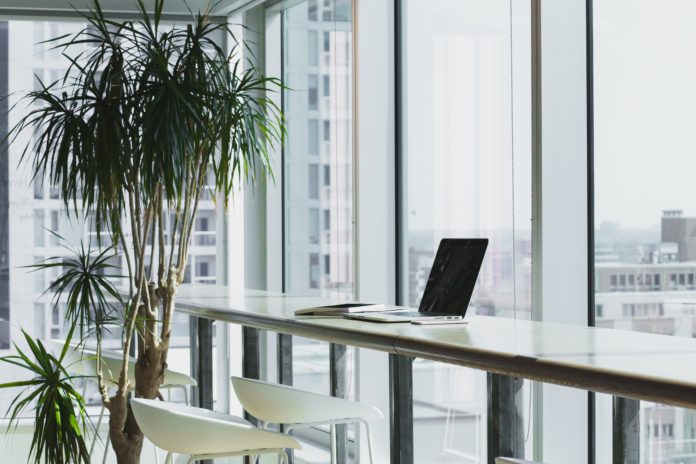The office of today looks very different from the workspace of yesterday. The office environment in the 70s was all about corner offices, while the 80s saw a rise in the number of cubicle type setups. Today, it is more likely that your office is designed with an open plan mentality. The question then becomes, what will the office of tomorrow look like?
Already, trends are emerging that will have a deep impact on the workspace, and businesses that want to prioritize productivity and a seamless workflow are well-advised to keep ahead of those trends. As the very nature of work itself is going through multiple changes, so too is the office environment. Here’s what to expect.
The Diversity Challenge
Diversity and inclusivity are the keys to understanding just what the office of tomorrow will look like. Already, businesses are working hard on establishing their culture and their workspaces as inclusive, simply because it has been proven time and time again that a more diverse workforce is more productive and more creative. As we enter the first time in modern history where it will be common to see four generations of workers in one workplace, offices are going to need to take different approaches to how they function. When Baby Boomers, Gen X, Millennials, and Generation Z start to work together, there is likely to be a clash of work styles. That means problem-solving in a culturally and socially mixed workspace is going to be vital.
The Threat of Job-Hopping
With the rise of job-hopping, where an employee will stay on board for a short period before heading to another role, business managers need to make the most of their office. That’s because the job-hopping mentality can be very bad news for businesses that spend serious money on the hiring process. That means making it a priority to create both a business culture and a workspace that keeps employees positive about their role. It is expected that the demand for long-term workers, rather than those that need to be repeatedly hired and trained, will lead to improved benefits for workers. This is most likely to be seen in development programs that keep team members on track for their personal career goals.
The Provision of Resources
Teams will always be happier if they have the right tools for their job. The future office is going to need to be able to give employees what they need to get their job done efficiently and effectively. There are many areas where this is possible, and smart business owners are already making use of the cutting edge project management tools that matter. Technology is the key to the office design of the future, and the continued evolution of new technologies means that businesses need to ensure that they keep up with what is possible. As traditional office design is no longer reliant on static computers and desks, that means workspaces can be designed in ways that are characterized by the people that use the space rather than the hardware that needs to remain in one place. That means more fluidity, and more potential to be proactive rather than reactive in the face of business challenges.
The very core of the corporate workspace is going to look very different in the future, and some of those changes are already happening. With improved connectivity, the benefits of big data, and the shift from the static office to a more agile workplace, the future office space couldn’t be more different from what we have come to expect.




































